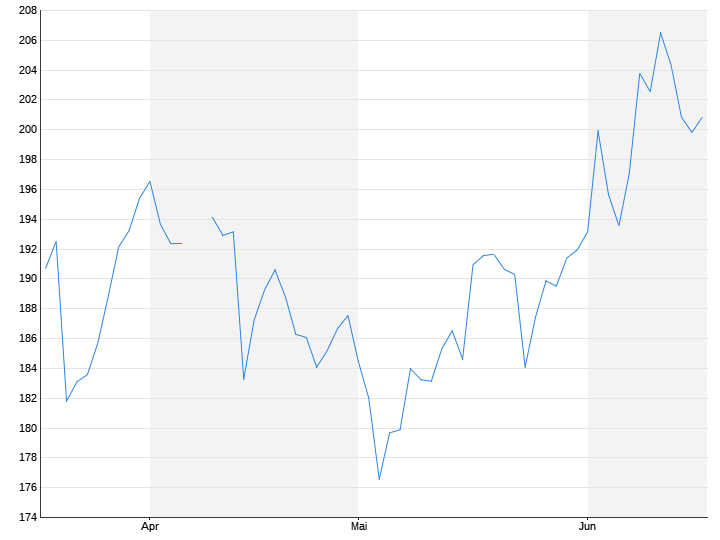Trend towards “closer seating”?
Boeing: 2042 fly twice as many planes worldwide
06/18/2023, 02:08 am
Although it is currently still the most climate-damaging type of travel, according to Boeing, the global aircraft fleet is set to double in the next 20 years. Then almost 50,000 machines would be in use. Meanwhile, the industry is looking for the drive of the future.
The US aircraft manufacturer Boeing, like its larger rival Airbus, expects the global aircraft fleet to double within two decades. In 2042, the airlines should be using a total of around 48,600 machines, the US group announced in Arlington. Boeing marketing manager Darren Hulst estimates that the trend will be towards longer planes with more seats or closer seating. “Without such productivity gains, the fleet would still have to be around 20 percent larger in 2042,” he said in an online conference with journalists at the upcoming air show in Le Bourget near Paris, which begins this Monday.
The forecast of the US group corresponds in principle to that of the world’s largest aircraft manufacturer Airbus. A few days ago, the European manufacturer forecast that the global fleet would double to 46,560 machines by 2042. However, Airbus’ forecast only includes aircraft with at least 100 seats, while Boeing also counts slightly smaller regional jets. This is the main reason why the total figures for the US group are slightly higher.
The manufacturer predicts that narrow-body aircraft such as its 737 MAX or the Airbus A320neo family will dominate deliveries with 32,420 units by 2042. This demand is being driven by low-cost airlines, which are doubling the size of their current fleets.
Industry is looking for the right drive
The aviation industry as a whole is facing profound changes as it wants to fly climate-neutral by 2050 and make air transport emission-free. This was decided by the international industry association IATA 2021. The head of the Latvian airline Air Baltic recently said: “We cannot implement it quickly. We can only do it in a structured approach. But I still think that 2050 may not be the last airline, but the bulk of passenger transport by air will be emission-free. I’m pretty sure of that,” says Martin Gauss.
Flying is still the most climate-damaging type of travel. The biggest challenge for the industry is the search for the optimal emission-free drive. As with other means of transport, there are essentially three types of propulsion: electric, hydrogen-powered, liquid fuel-powered. The electric drive is only suitable for short distances or small aircraft, today’s battery technology does not provide more, according to Markus Fischer from the German Aerospace Center. Hybrid electric drives, for example in combination with a hydrogen-powered fuel cell, could possibly also work for medium-sized aircraft.
There are two approaches to hydrogen fuel: electricity generation in fuel cells and direct combustion in engines. However, hydrogen is difficult to transport: it either has to be liquefied at minus 253 degrees or stored at a pressure of up to 700 bar, around 700 times the atmospheric pressure. Climate-friendly kerosene, on the other hand, is easy to transport. That is why there are already considerations to produce it in areas where a particularly large amount of solar and wind energy can be generated. Because for many medium-haul and all long-haul routes, it is not yet clear how kerosene-powered drives could be replaced.
